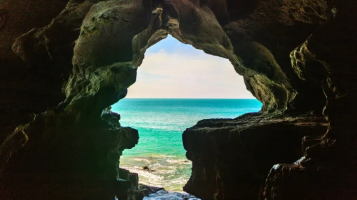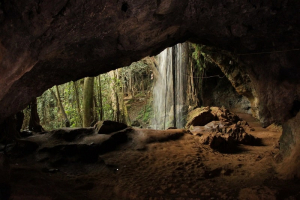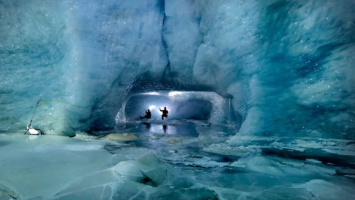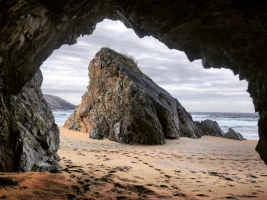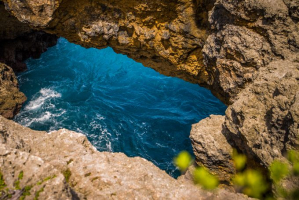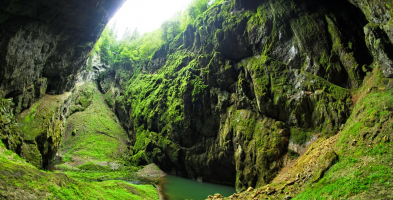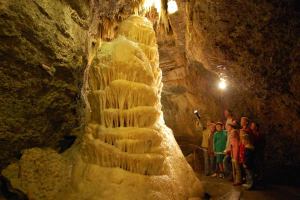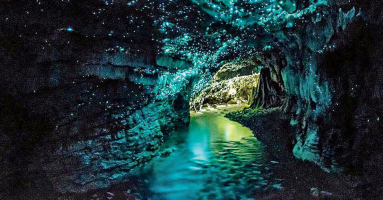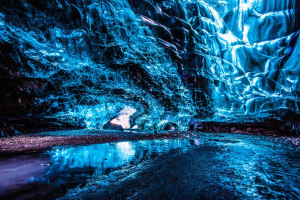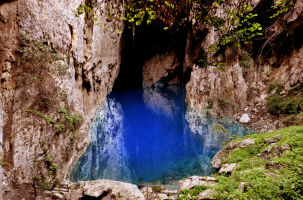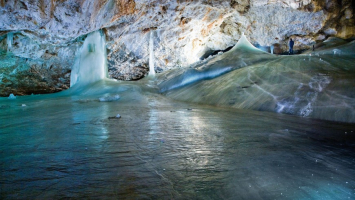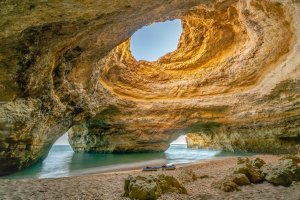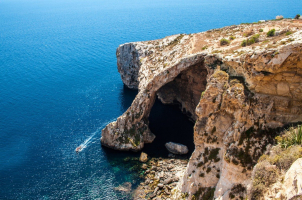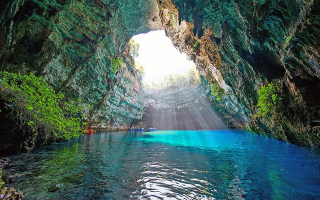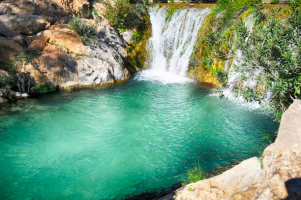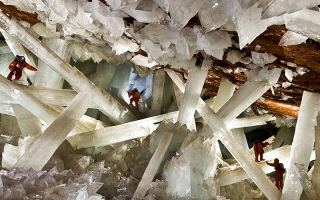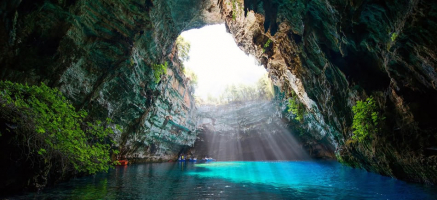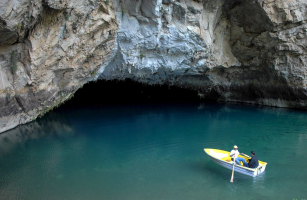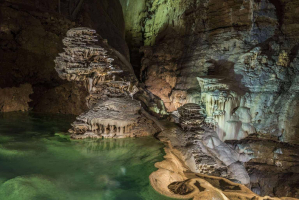Top 7 Most Beautiful Caves in Spain
From the Pyrenees in the north to the Sierra Nevada in the south, not to mention the mountains on the Balearic and Canary islands, Spain is a country with ... read more...several mountain ranges. Where there are mountains, there are caves, and Spain has some of the most amazing caverns in the world. With a few exceptions, Spain's caverns are available to the public. They're incredible, but the stories about how some of them were discovered by chance are just as fascinating. There are caverns with prehistoric artwork and internal lakes where you can go boating. Others are so large that they are used as music halls due to their excellent acoustics. For the time being, set aside the stereotypes of Spain's sun, sand, flamenco, and paella, and join Toplist on a fascinating journey underground through some of the most beautiful caves in Spain.
-
The Altamira Cave is located in Cantabria, northern Spain, 19 miles west of the coastal city of Santander. It houses the most important pieces of prehistoric cave paintings and drawings in Spain. The cave, estimated to be 14,000 years old and discovered in 1868 by a local hunter, took several years for archaeologists and other scientists to acknowledge it as the significant find that it was.
Marcelino Saenz de Suatuola, the cave's owner, began excavating the cave's floor in 1879. His 7-year-old daughter Maria, on the other hand, ventured deeper into the cave and... peered up! What she saw was the true find: a massive artwork of a red bison (which she mistook for a bull) highlighted in black on the ceiling. Altamira's symbol is still this drawing.
Finally, professional scientists took note and uncovered further drawings of comparable quality on the walls and in other hallways. The 885-foot-long cave was exclusively accessible to intellectuals and scientists until 2002. Then a system was put in place in which 5 members of the public were chosen to enter the cave once a week while wearing biohazard suits. All of this came to a halt with the emergence of COVID, and visits are currently not possible.
However, a museum and exact reproduction, known as Neocave, has been erected and is once again open to the public. Before you go, double-check the website's information.Location: Near Cantabria
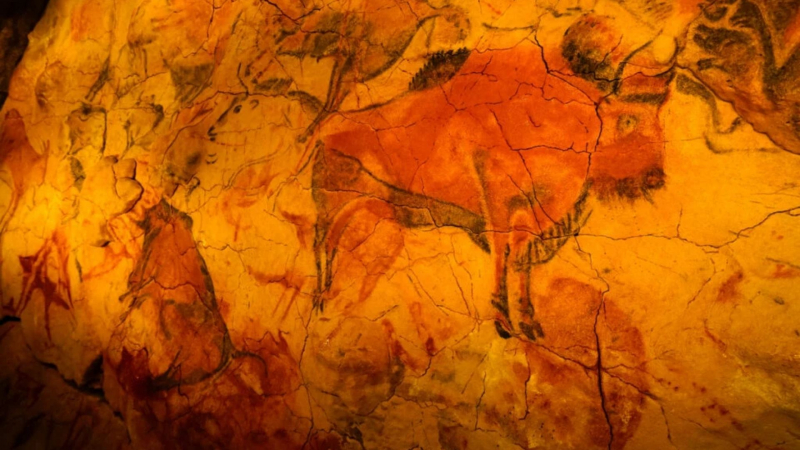
Photo: Wikimedia Commons 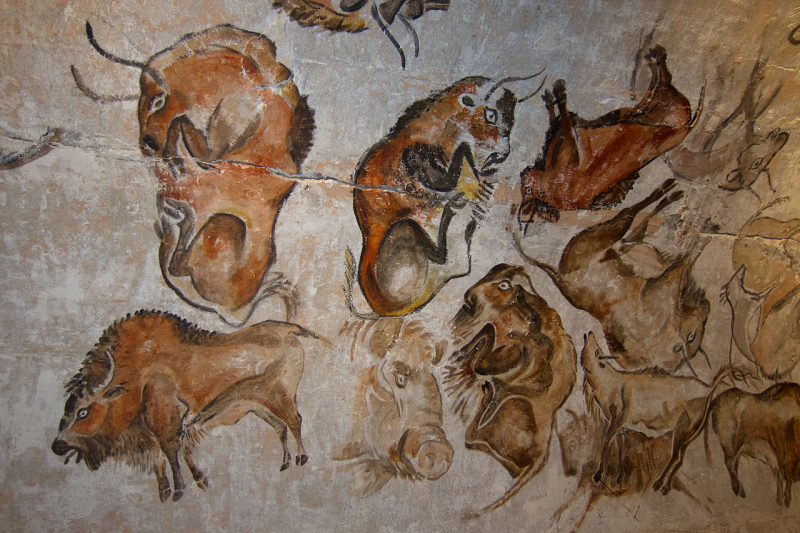
Cave paintings in Cave of Altamira - Photo: EQROY / SHUTTERSTOCK.COM -
The second most beautiful cave in Spain that you should not miss is Caves Of Nerja. These caves are near the coastal town of Nerja in Andalusia, Spain's southernmost region. They were discovered in 1959 by a few local teenagers on a night walk looking for bats. They are famed for their rock formations, but some prehistoric paintings and sketches have also been discovered.
The caves, which have been open to the public since 1960, are separated into various halls, each named after a certain type of stalactite or stalagmite found in them. The yearly International Festival of Music is hosted in the Hall of Waterfall (stalactites producing a rock waterfall). Another hall is home to the world's largest stalactite. Tunnels, bridges, and pathways connect all halls and caves, with many stairs in between. If you wish to visit the Nerja caverns, be prepared to walk a lot and wear sturdy shoes.
Location: Malaga
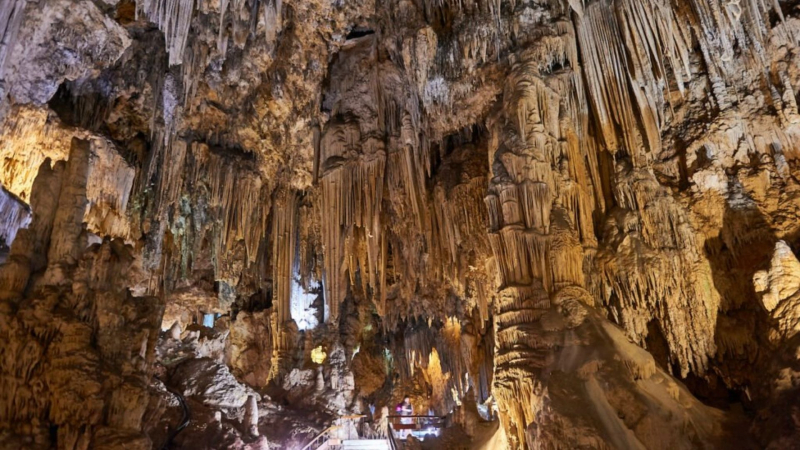
Nerja Caves - Photo: CATALIN EREMIA / SHUTTERSTOCK.COM 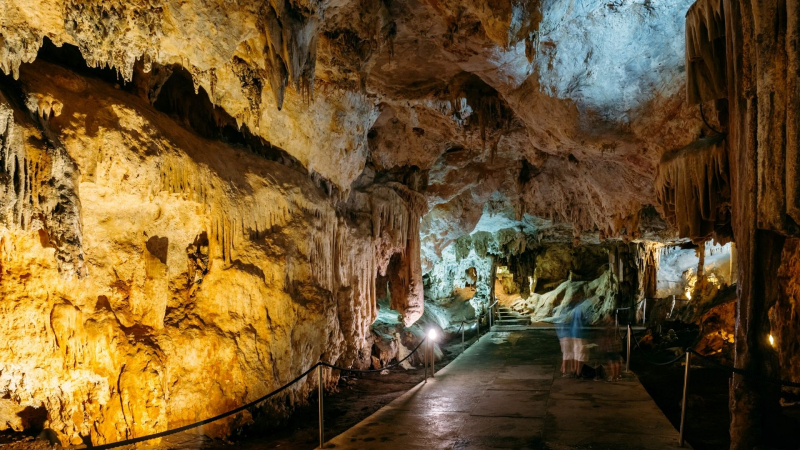
Photo: Itinari.com -
The incredible Cuevas del Drach, or Dragon Caves, are located on Mallorca, the largest of the Mediterranean's Balearic Islands and one of the most beautiful caves in Spain.
The caverns, which are located near Manacor, were discovered in the Middle Ages and were subsequently investigated in 1880 and 1896, when the internal lake known as Lake Martell was discovered. The complex is approximately three miles long and consists of four caves connected by water. The beauty is in the rock formations inside the caverns, such as the Bath of Diana and the needle-sharp stalactites that form the ceilings.
The tour lasts about an hour and includes a boat ride around the lake, a 10-minute classical symphony, and stunning lighting that illuminates the water and rocks.
Location: Mallorca
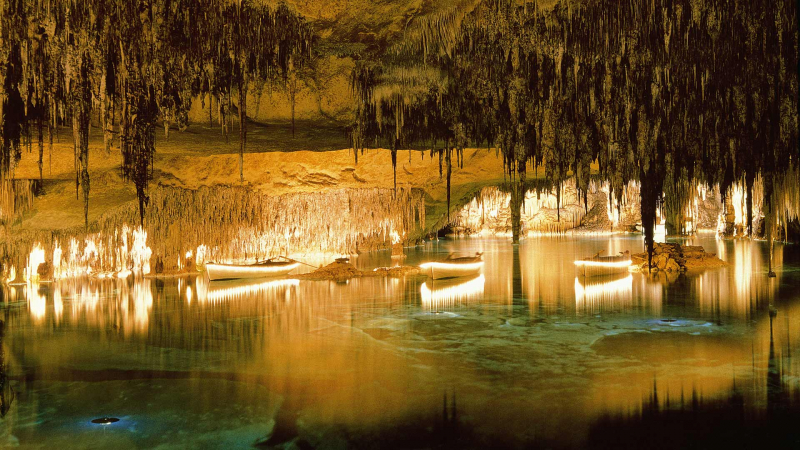
Photo: www.cuevasdeldrach.com 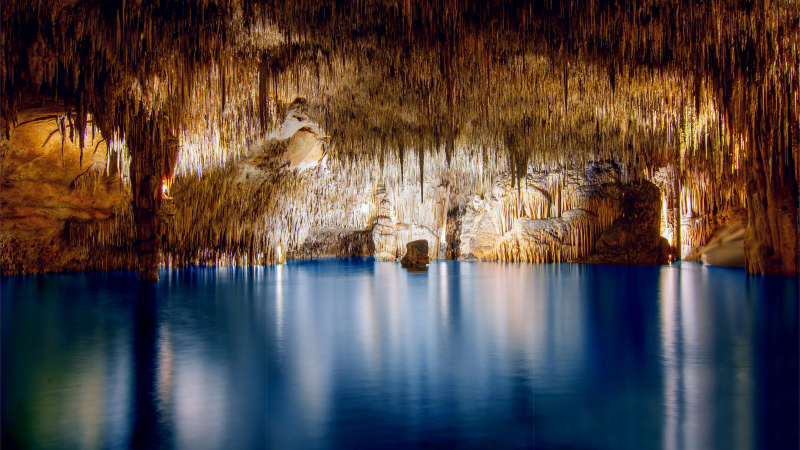
Photo: planetofhotels.com -
The following cave excursion takes us far beneath. It's to the Cueva de los Verdes lava tube in Lanzarote, one of the Canary Islands in the Atlantic Ocean.
The length of the lava tube, which goes from the top of a volcano to the sea, is 3.72 miles. The tube's sides are studded with 16 lava caverns. One of them, dubbed the Cave of Atlantis, is even submerged.
The cave/tube is located within the Monumento Natural de La Corona, an island nature reserve. It, like almost everything else on the island, is volcanic in nature and can only be visited on a one-hour guided tour. The trip will describe the volcanic history that led to its development. There will be a lot of walking and hiking up and down, so wear sturdy boots.\
Location: Lanzarote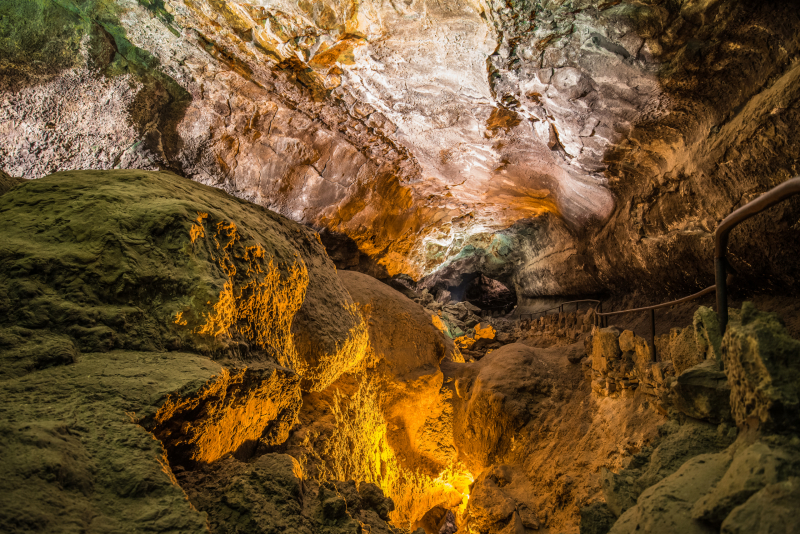
Photo: CACT Lanzarote 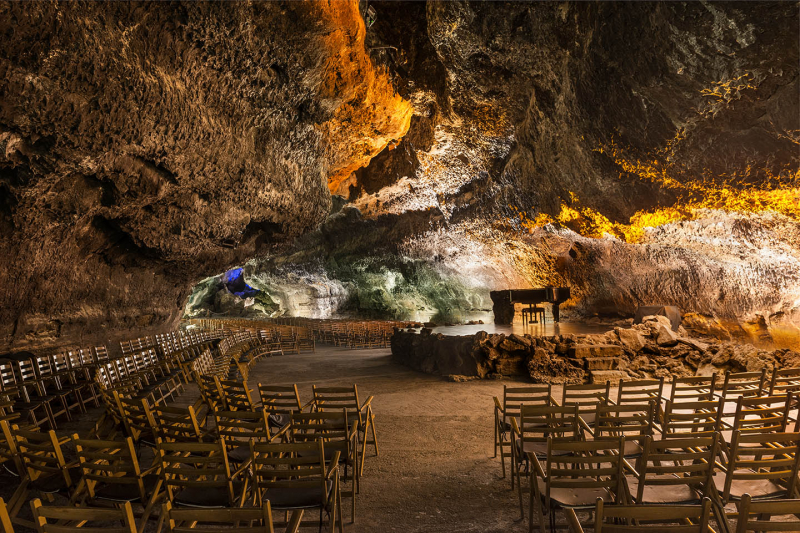
Photo: Turismo Lanzarote -
Cuevas Del Aguila also known as the "Caves of the Eagle" ranks fifth on our list of most beautiful caves in Spain. The "Caves of the Eagle" are a fascinating underground world of stalactites, stalagmites, and columns that are all colored, making them even more stunning. The richness of minerals in the Paleozoic limestone that produced them, as well as water dripping down over millions of years, contributed to this. The cave is thought to be 500 million to 540 million years old.
The cave is situated beneath a hill covered with dense oak forest in central Spain, near the border between Castile y León and Estremadura. This helps to explain why it was only discovered in 1963. Kids have been the explorers once again; five of them were playing on the hill when they discovered steam pouring from a hole in the earth. They pushed their way through the small entryway and into the fantastic world of the Great Vault.
The caves are about 1.5 hours south of the great medieval town of Avila, which is known for its huge walls that ring the entire city. The distance between the two cities is about the same.The cave has been exposed to the public since 1964. A guard stationed at the gate keeps an eye on security and distributes sanitary gel. The cave's approximately one-mile length is easily navigated thanks to well-lit passageways with glass walls. Be prepared for heavy humidity and perhaps slick parts along the way if you visit. The steam the kids saw was caused by the temperature difference between within the cave and outside in the cold air.
Location: Ávila
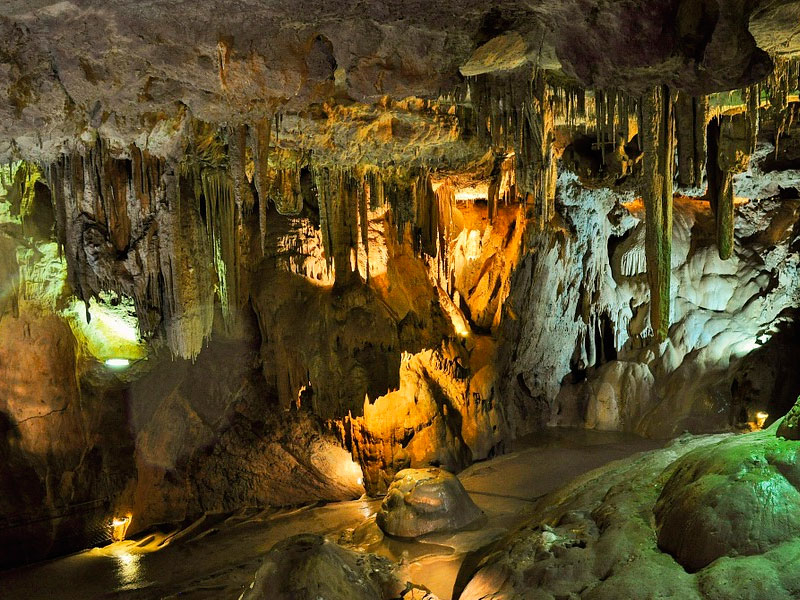
Photo: Hacienda La Coracera 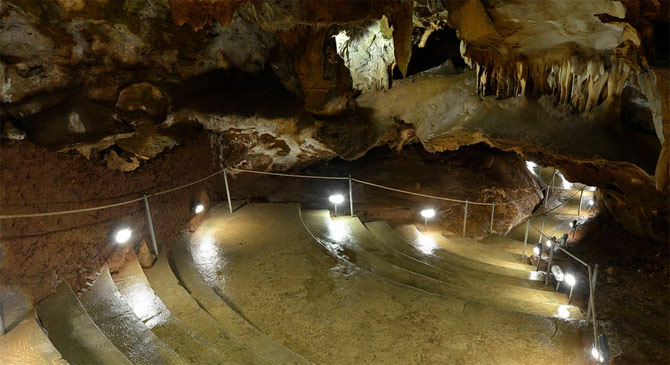
Photo: Terranostrum.es -
If you are claustrophobic, Cueva Del Viento is not for you; otherwise, be prepared for a thrilling journey. You're about to enter Europe's longest lava tube, the world's sixth largest, only surpassed by those in Hawaii. The tunnels are 10.5 kilometers in length. The cave is deserving of its reputation as one of one of the most beautiful caves in Spain.
The tube is located in the village of Icod de los Vinos, which is located in the northeastern part of the Canary Island Tenerife. The best way to get there is from the capital, Santa Cruz. Lava flow from the Pico Viejo volcano, which is next to Mount Teide, created the tube.
The only way to see it is through a guided trip that begins at the tourist center. After being picked up by a car, you must proceed on foot through farmland and pine trees to the entrance, where you will be led inside and given 45 minutes to explore. The tour lasts two hours in total. This is a challenge for those who are reasonably fit.
Pro Tip: Because the tube's floor is uneven, you should wear hiking boots or strong shoes. You are not permitted to enter side passages or touch anything. Long trousers and the accompanying safety helmet must be worn at all times. If you become exhausted along the route, notify the guide right away.
Location: Tenerife
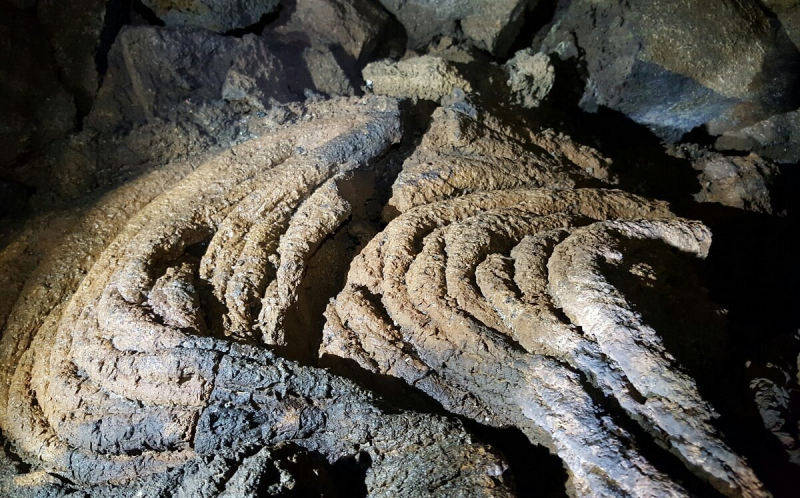
Photo: TripAdvisor 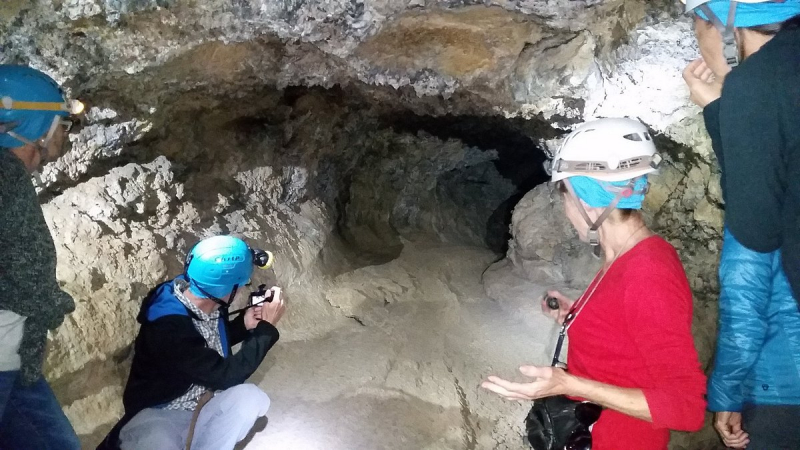
Photo: TripAdvisor -
Cueva de Valporquero completes the list of the most beautiful caves in Spain.
This cave, located in the picturesque Gorge of Vegacervera in central Spain, is the youngest in our collection, estimated to be "just" 1,000,000 years old. The freezing waters of the Valporquero river trickled gently into the limestone, forming stalagmites, stalactites, and strange sculptures.
The cave is divided into seven rooms, some of which have been called after the shapes found therein, such as Fairies and the Tower of Pisa. Are you a fan of potholing? If that's the case, you've come to the correct place.
The capital, Leon, is 30 kilometers away.
Location: Castilla Leon
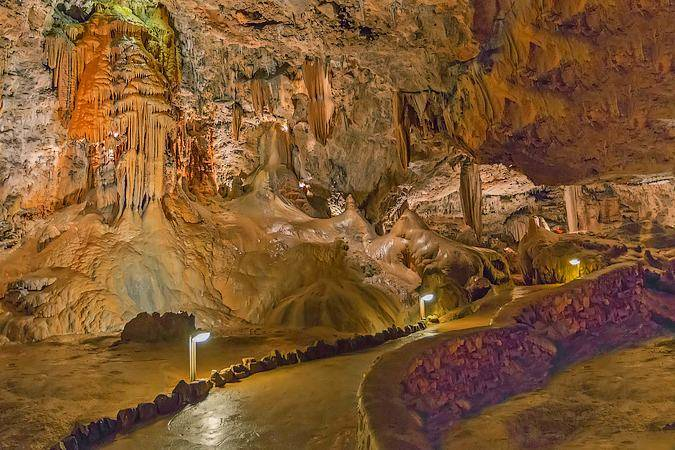
Photo: Hoteles.net 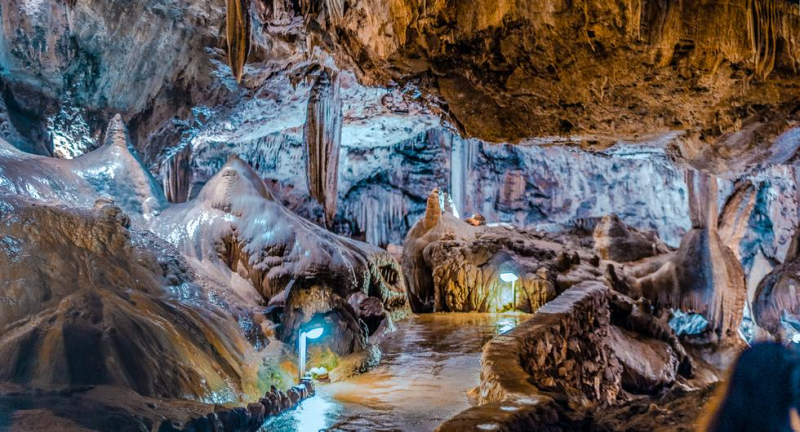
Photo: Casa Rural Entre Valles









